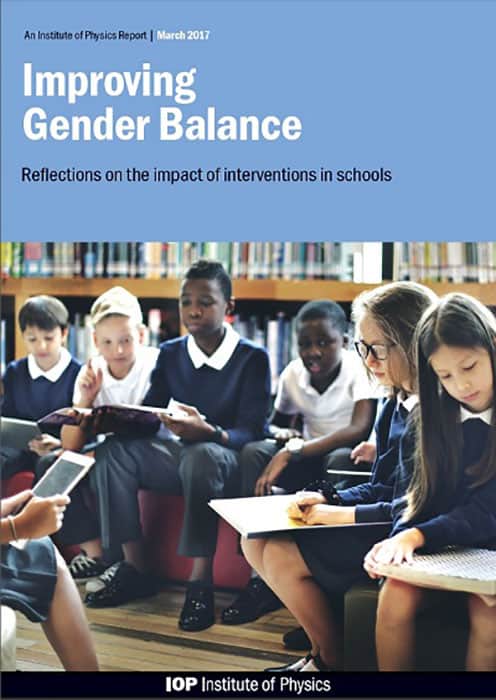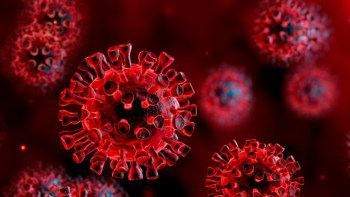Flash Physics is our daily pick of the latest need-to-know developments from the global physics community selected by Physics World‘s team of editors and reporters

Bacteria join forces to defeat physical barrier
E. coli bacteria have joined forces to create collective waves that thwart an attempt by physicists to constrain the bacteria’s motion. Robert Austin and colleagues at Princeton University and the University of Edinburgh placed the micro-organisms in the middle of a liquid-and-nutrient-filled structure that comprises four concentric rings made of tiny funnel-like objects. Bacteria placed in the centre of this corral-like structure can easily migrate outwards through the rings, but find it very difficult to move inwards. About 2 h after the centre is inoculated, the bacteria will have migrated to the periphery of the corral where they multiply in number. Then, after a few more hours, the bacteria launch a collective action in the form of a wave that encircles the corral while propagating inwards towards the narrow ends of the funnels. This results in significant numbers of bacteria flowing the “wrong way” towards the centre of the corral. While the team has done a mathematical analysis that provides some insights into the process, it says that further studies focusing on the behaviour of individual bacteria are required before the phenomenon can be better understood. The study is described in New Journal of Physics.
School-wide stereotyping stops girls choosing physics

The number of girls in the UK studying physics at AS- and A-level can be increased by tackling gender bias and stereotyping at a school-wide level, according to the latest report by the Institute of Physics (IOP). For more than 30 years, girls have made up only 20% of students taking physics past the age of 16, despite nationwide efforts to improve the balance. The IOP, which publishes Physics World, runs multiple diversity and equality programmes for all stages of education. Previous projects have found a striking difference between physics uptake in mixed and single-sex schools, and that gender imbalance in one subject is usually mirrored across the whole school. Both factors indicate that school-wide gender stereotyping is a problem. Therefore, the IOP launched the project Improving Gender Balance (IGB) in 2014 as part of the Stimulating Physics Network, funded by the Department of Education. Alongside a pilot project funded by the Drayson Foundation, IGB looks at factors affecting girls across the entire school experience. Over the past two years, the schemes have worked with 20 schools and have trialled interventions aimed to improve the confidence and resilience of girls, improve their experience in the physics classroom, and ensure that students and staff understand and are able to address unconscious bias and gender stereotyping. The report details the methods and their impact, identifying that school-wide interventions successfully challenged gender stereotypes in the participating schools, with the number of girls taking AS-level physics more than trebling. The IGB’s recommendations include appointing a gender champion among senior staff, training teachers to understand unconscious bias, and consider project-led science groups.
European Physical Society names accelerator prize winners

Lyn Evans, Anna Grassellino and Pantaleo Raimondi are winners of the 2017 European Physical Society Accelerator Group prizes. CERN’s Lyn Evans takes home the Rolf Wideroe Prize for outstanding work in the accelerator field “for his many major professional accomplishments in the field of accelerator design, construction and operation”. His work includes the design and construction of the LHC, which led to the discovery of the Higgs Boson in 2012. Anna Grassellino has bagged the Frank Sacherer Prize for an early career scientist who has made a recent significant, original contribution to the accelerator field. Grassellino, who is based at Fermilab in the US, is honoured “for her major impact on the field of superconducting RF technology”. The Gersh Budker prize for a recent, significant contribution to the accelerator field has been awarded to Pantaleo Raimondi of the European Synchrotron Radiation Facility (ESRF) in France. Raimondi won for his design of the hybrid multi-bend achromat lattice, which will replace the current ESRF storage-ring magnets in 2019.
- You can find all our daily Flash Physics posts in the website’s news section, as well as on Twitter and Facebook using #FlashPhysics. Tune in to physicsworld.com later today to read today’s extensive news story on diamond qubits.



